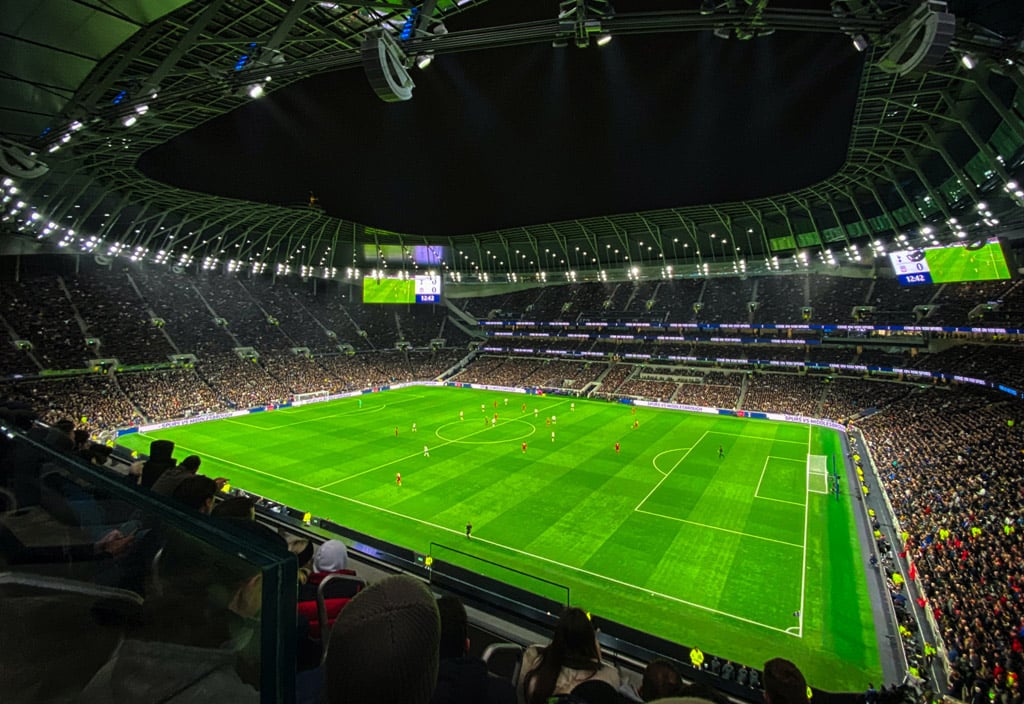Tottenham Hotspur are now well into their first full season in their brand new stadium in North London, but fans didn’t have to travel far from the old White Hart Lane.
The Tottenham Hotspur Stadium was built and extended across the original Lane plot, keeping the same homely feeling across the two grounds.
Of course, Spurs have yet to create the same level of memories and history in the new stadium, but that will come with time.
The new ground has already hosted countless Champions League matches and even a Champions League Final viewing party, so it isn’t doing too badly so far.
However, the old White Hart Lane didn’t host a single defeat in its final season as Tottenham’s home, so there is plenty to live up to.
Daniel Levy, who masterminded the stadium build, has now opened up on the difficulties they faced, including financing such a large project.
He said (Standard): “It would have been disappointing if we hadn’t got in last season and we were disappointed not to get in the previous summer, but I think it was just a timing issue. The biggest issue was could we get all the financing together?
MORE SPURS STORIES
“Football clubs have the impression they are these huge businesses. The reality is we create a lot of noise globally but turnover-wise, we are relatively small.
“To take on a capital project of this nature, that’s why so few stadiums ever get built, certainly ones of this scale. It was the enormity of the challenge and I think when we started we didn’t realise what we were taking on.”
On Brexit, he added: “We never got a fixed-price contract because it wasn’t possible. Brexit hurt us as well because a lot of the stuff for the fit-out, a lot of that was imported, so the cost went up [at least] 15 per cent. The veil around the stadium is a £32m aluminium contract to a German company. Brexit happened and that added 20 per cent onto it.
“But this wasn’t just an import or south of England programme. Most of the metal and concrete was from yards in Sunderland and areas like that. All the steel relating to the pitch was from up north. At one point, we had over 4,000 people working on site 24/7. The logistics of running a project of this scale on a fairly tight site was a massive challenge.”
Keep up to date with all the latest Tottenham news and opinion by following SpursWeb’s Facebook, Twitter and Instagram accounts.


